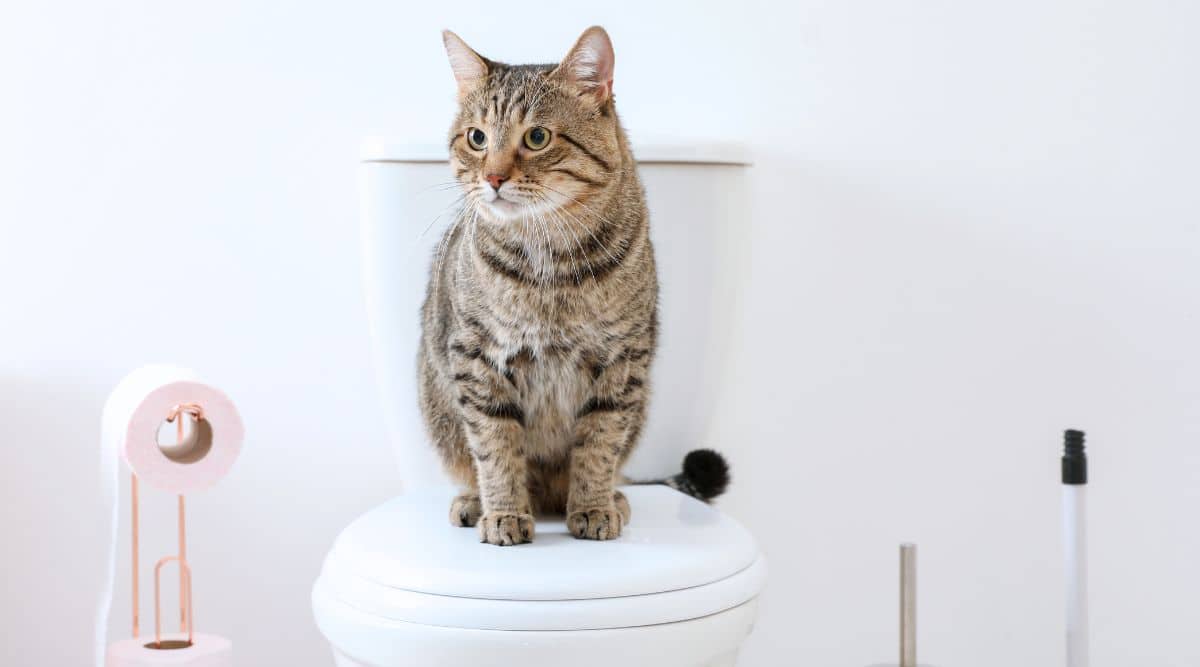Avoid Flush Cat Poop Down Your Toilet - Preserve Your Home's Plumbing System
Avoid Flush Cat Poop Down Your Toilet - Preserve Your Home's Plumbing System
Blog Article
Just how do you actually feel on the subject of How to Dispose of Cat Poop and Litter Without Plastic Bags?

Introduction
As cat owners, it's necessary to bear in mind just how we take care of our feline good friends' waste. While it might appear hassle-free to purge feline poop down the toilet, this technique can have destructive consequences for both the environment and human wellness.
Alternatives to Flushing
Thankfully, there are safer and more responsible ways to get rid of cat poop. Think about the complying with choices:
1. Scoop and Dispose in Trash
The most common approach of getting rid of feline poop is to scoop it into a naturally degradable bag and toss it in the garbage. Make sure to use a devoted litter scoop and throw away the waste without delay.
2. Usage Biodegradable Litter
Opt for naturally degradable cat trash made from products such as corn or wheat. These litters are environmentally friendly and can be securely gotten rid of in the trash.
3. Bury in the Yard
If you have a lawn, consider hiding pet cat waste in an assigned location far from vegetable gardens and water resources. Make sure to dig deep enough to stop contamination of groundwater.
4. Install a Pet Waste Disposal System
Buy an animal waste disposal system particularly created for pet cat waste. These systems make use of enzymes to break down the waste, reducing smell and ecological influence.
Health Risks
In addition to ecological worries, purging cat waste can also pose wellness threats to people. Feline feces may consist of Toxoplasma gondii, a parasite that can trigger toxoplasmosis-- a possibly severe ailment, specifically for pregnant women and individuals with weakened immune systems.
Ecological Impact
Flushing pet cat poop introduces unsafe virus and parasites into the supply of water, posing a considerable risk to water ecosystems. These impurities can negatively affect aquatic life and compromise water top quality.
Final thought
Liable pet ownership extends beyond providing food and shelter-- it also involves correct waste management. By avoiding purging feline poop down the bathroom and choosing alternative disposal methods, we can decrease our ecological impact and secure human health and wellness.
Why You Should NEVER Flush Cat Poop (and/or Litter) Down Your Toilet
The Problem with Litter
The main function of litter is to solidify and adhere to your cat’s waste. While this makes litter excellent for collecting cat poop and urine, it’s also the exact property that makes it a nightmare when flushed down the toilet.
Cat litter can and will clog pipes. There is non-clumping litter, but it’s still quite heavy and can build up in pipes. This is true even of supposed “flushable litter.”
The problems only compound when the litter is already clumped into cat waste. Toilet paper is among the more flushable things, and even too much of that will clog a toilet.
The Problem with Cat Poop
Sewers and septic systems are designed with human waste in mind. The microbes that help break down human waste don’t work on cat waste. Additionally, cat poop plays host to the parasite Toxoplasma gondii.
When flushed, this parasite can enter the environment in places it was never meant to, posing a risk to pregnant women, their unborn children, and other people with compromised immune systems. While it might not seem possible, flushing cat poop can indeed introduce this parasite to the public water supply.
These reasons are why, even if you’ve trained your cat to go on the toilet and flush, which is possible, it’s still not a good idea. Also, pregnant women and the immunocompromised shouldn’t change litter, either.
How to Handle Litter
The best way to handle litter is to simply put it in a plastic bag and place it in the trash. Avoiding environmental risks and possible plumbing damage is worth the extra effort.
You can also invest in devices that seal away your cat’s waste in a separate compartment, so you don’t have to change the litter nearly as often. They’re also safer for pet owners because they limit the possibility of Toxoplasma gondii exposure.
Disposing of litter the old-fashioned way will ensure you won’t have to worry about any issues that flushing the waste can potentially cause.
Take Care of Clogged Pipes with Stephens Plumbing, Heating & Air Conditioning
The reasons you should never flush cat poop down your toilet are numerous, but sometimes the inevitable happens despite your best efforts.
Stephens Plumbing, Heating & Air Conditioning is ready to help if you’re experiencing litter-blocked plumbing. Whether you need us in an emergency or want to schedule regular maintenance, we’re here for you.
https://www.stephensplumbing.net/bathroom-plumbing/never-flush-cat-poop-down-your-toilet/

We are very occupied with How to Dispose of Cat Poop and Litter Without Plastic Bags and I hope you appreciated my article. For those who enjoyed our article if you please make sure you remember to pass it around. Thank you for going through it.
Instant Quote Report this page